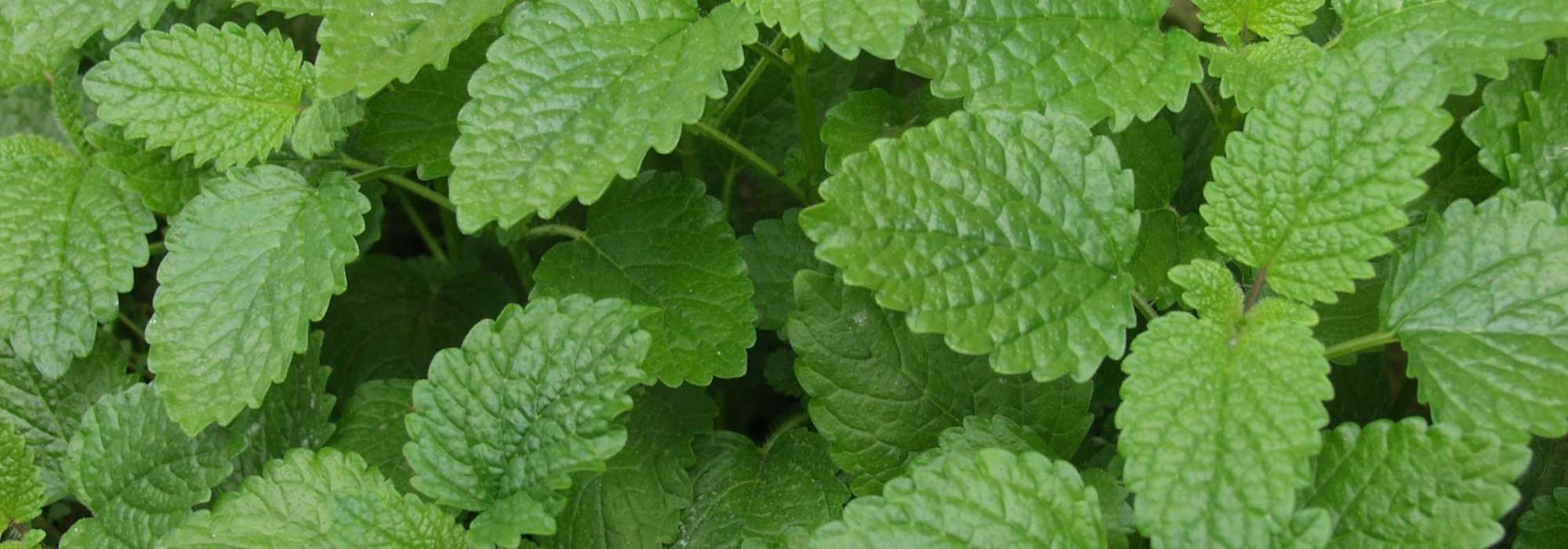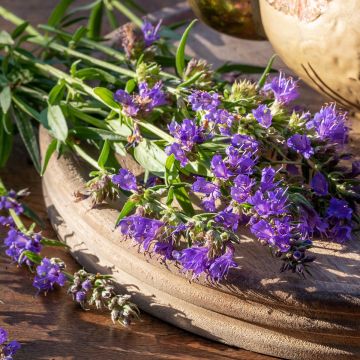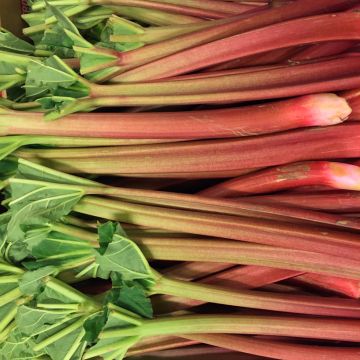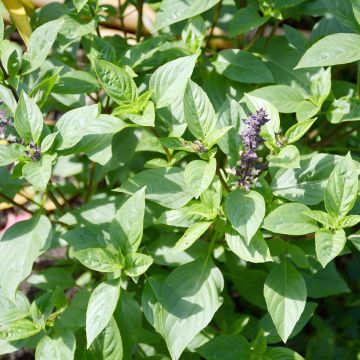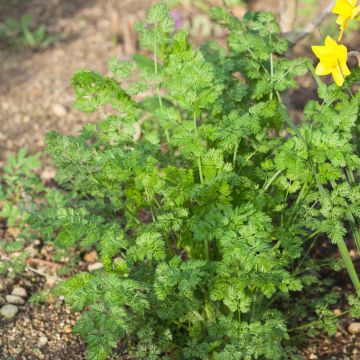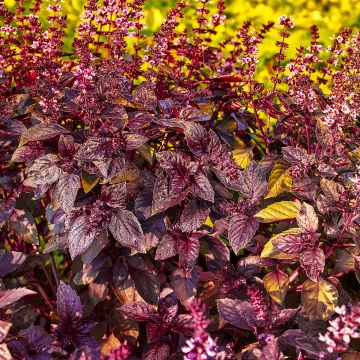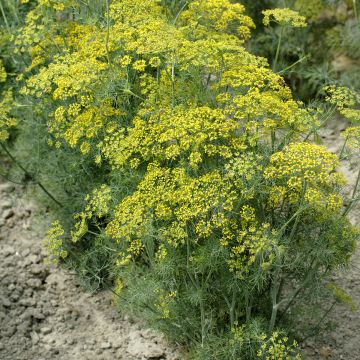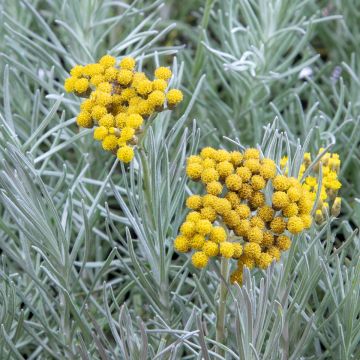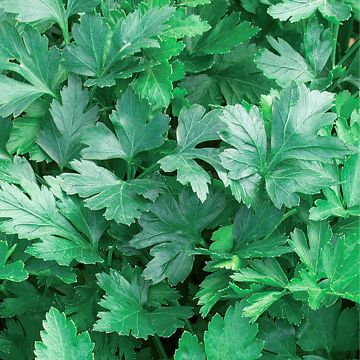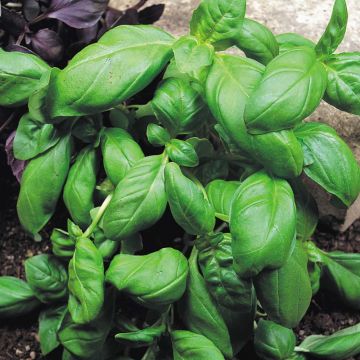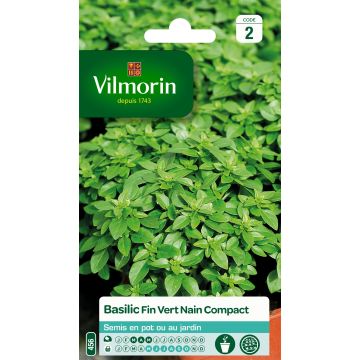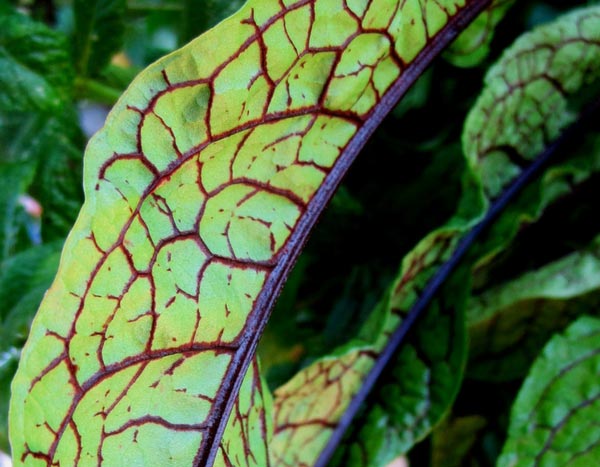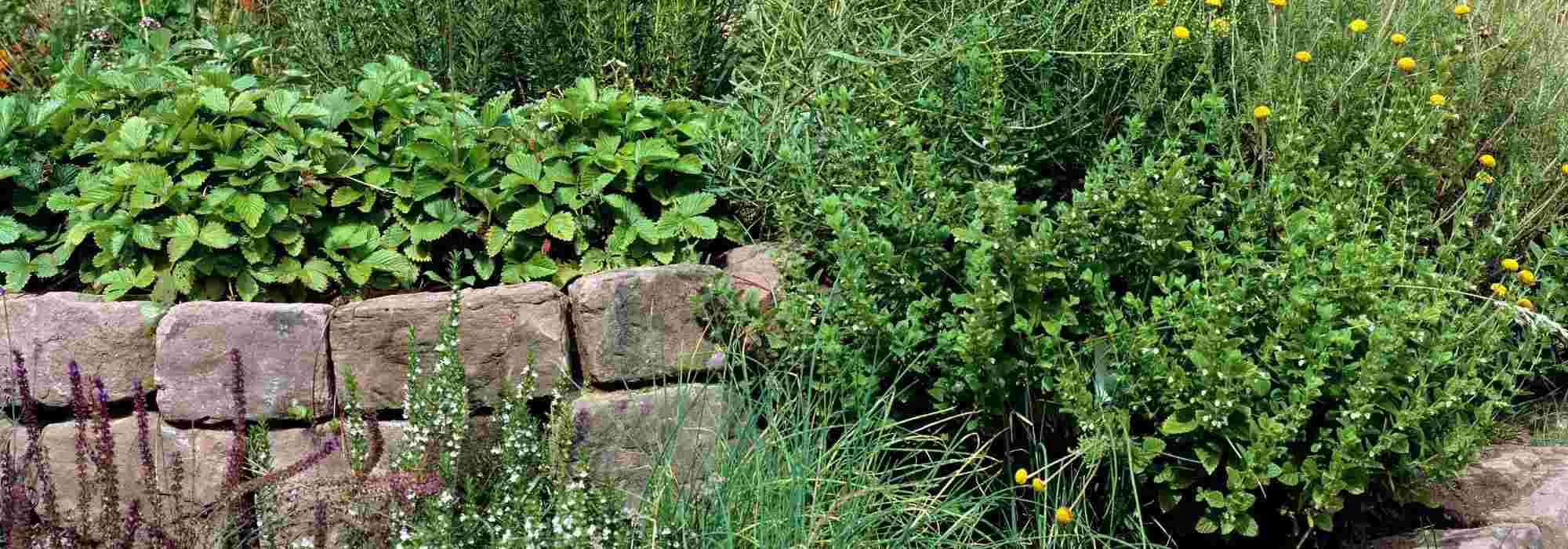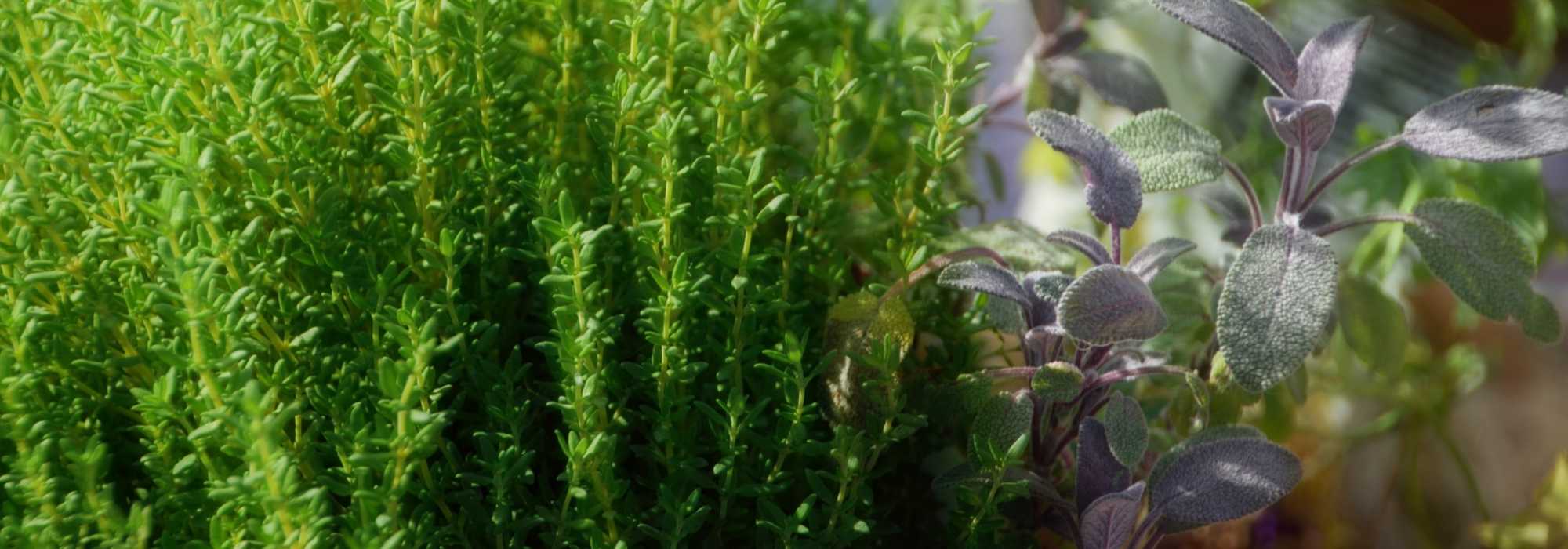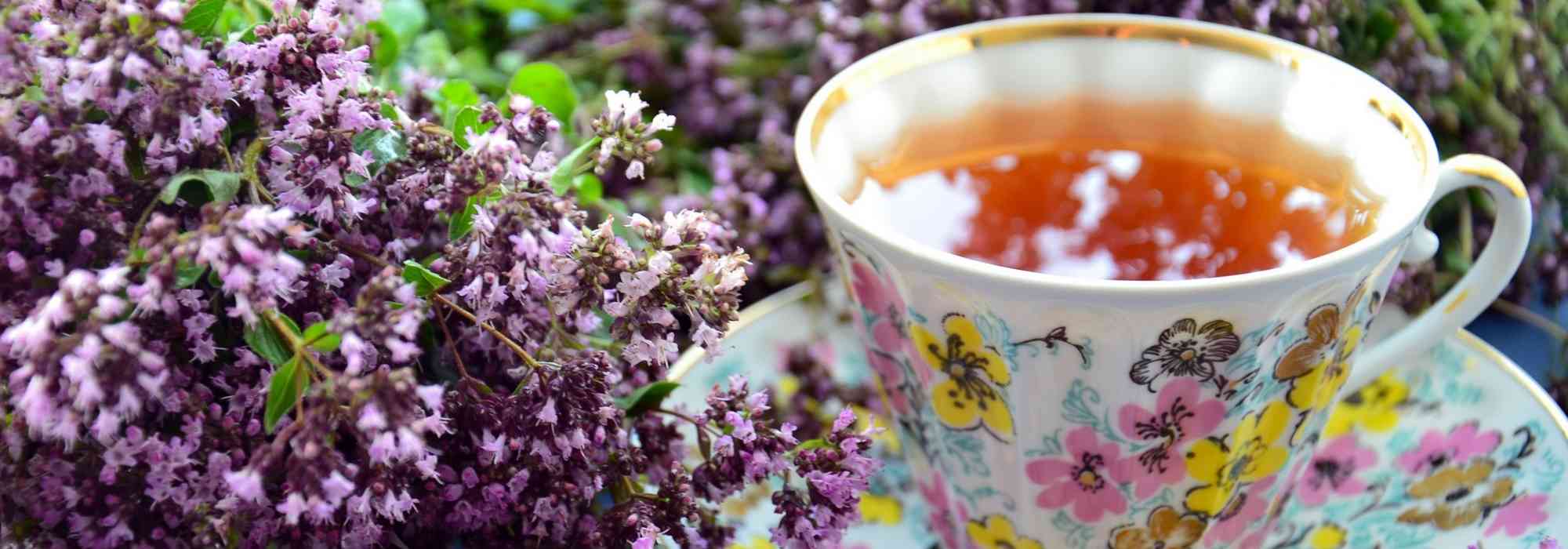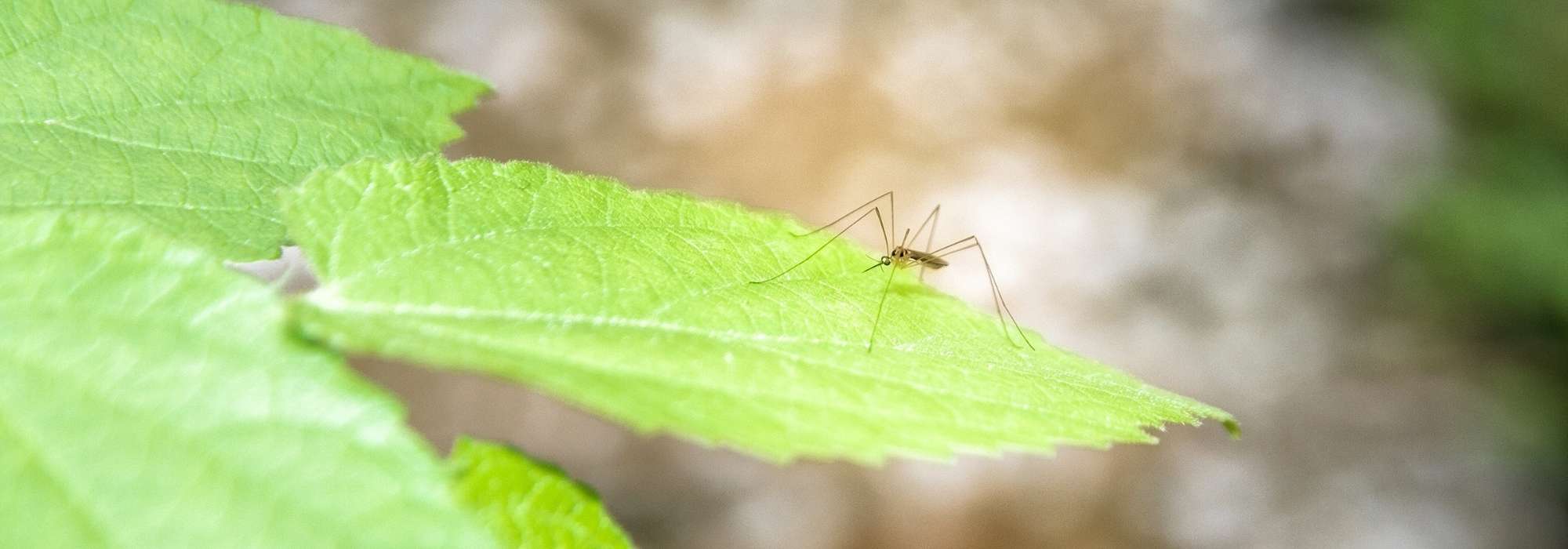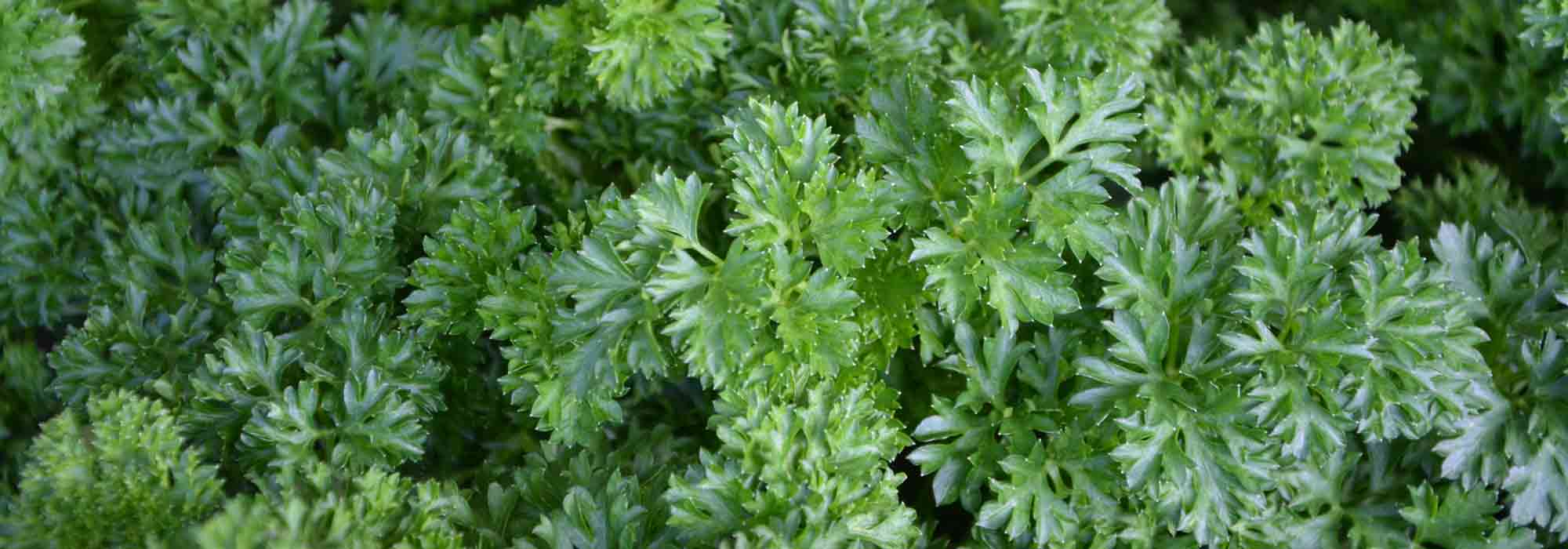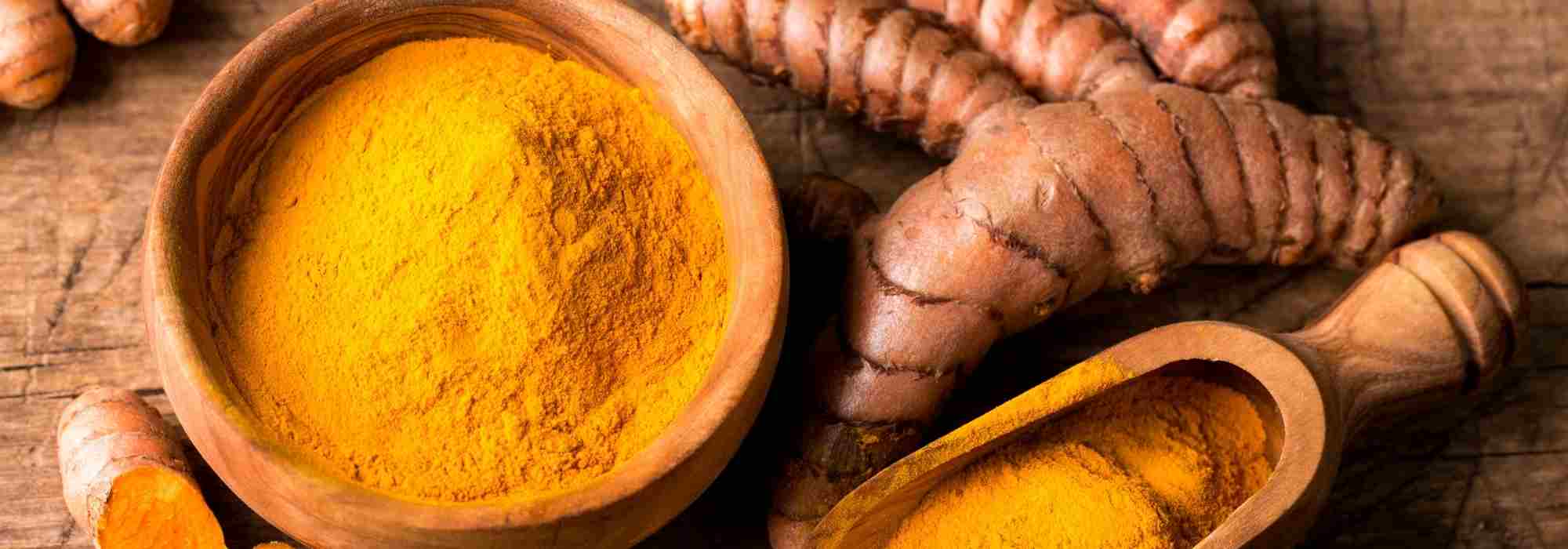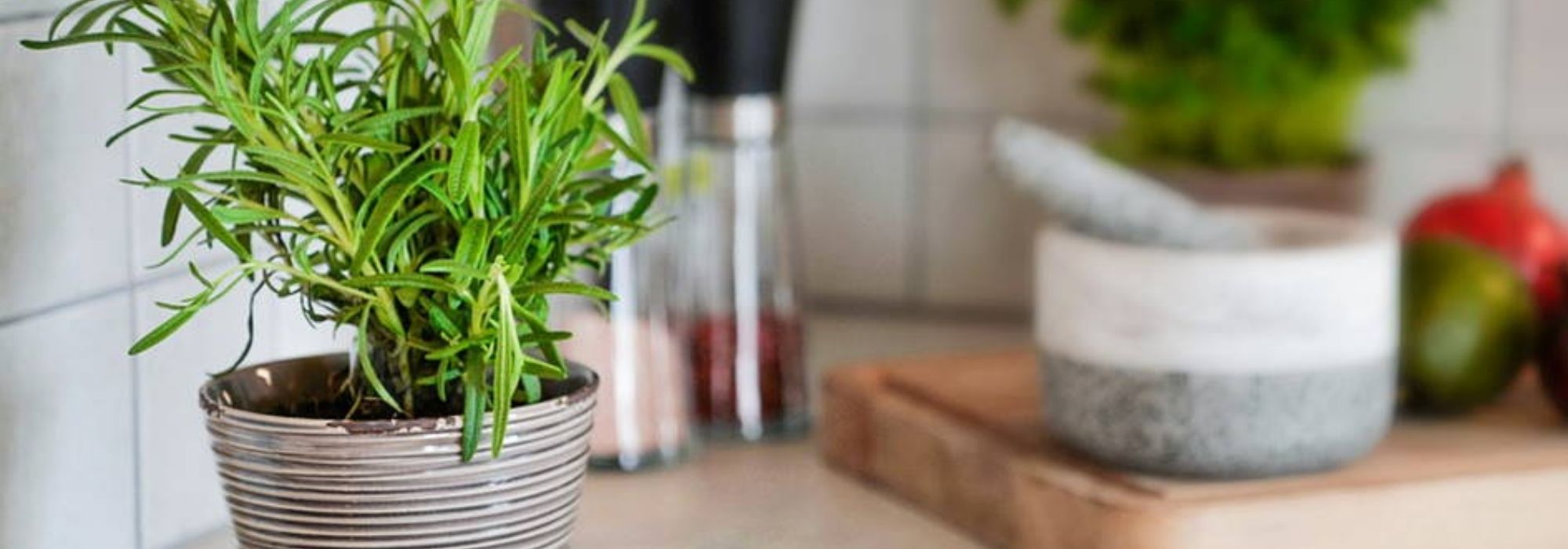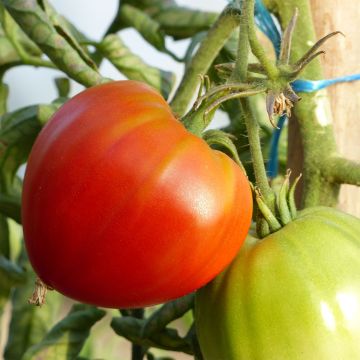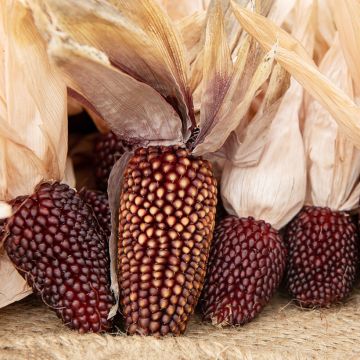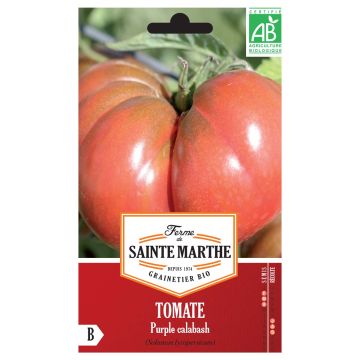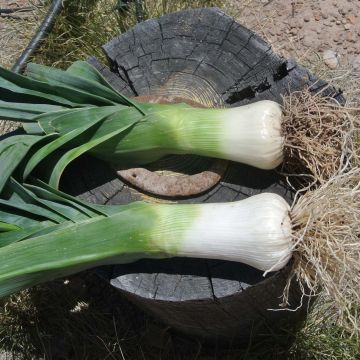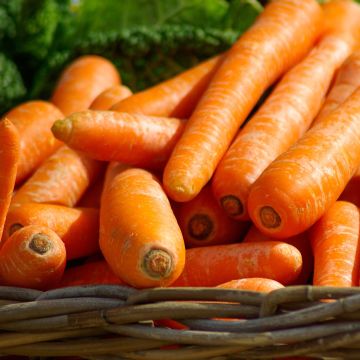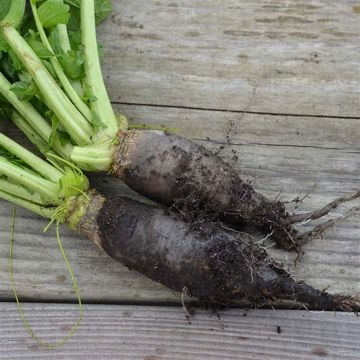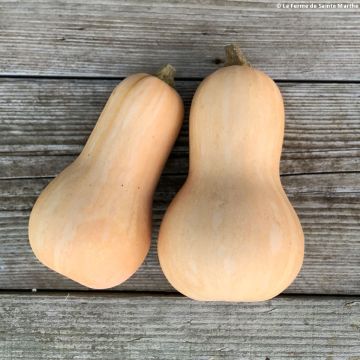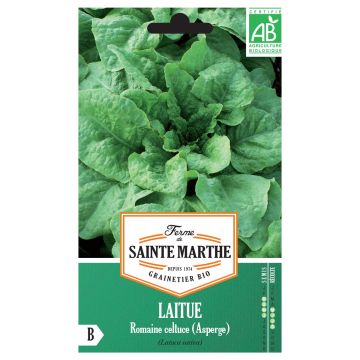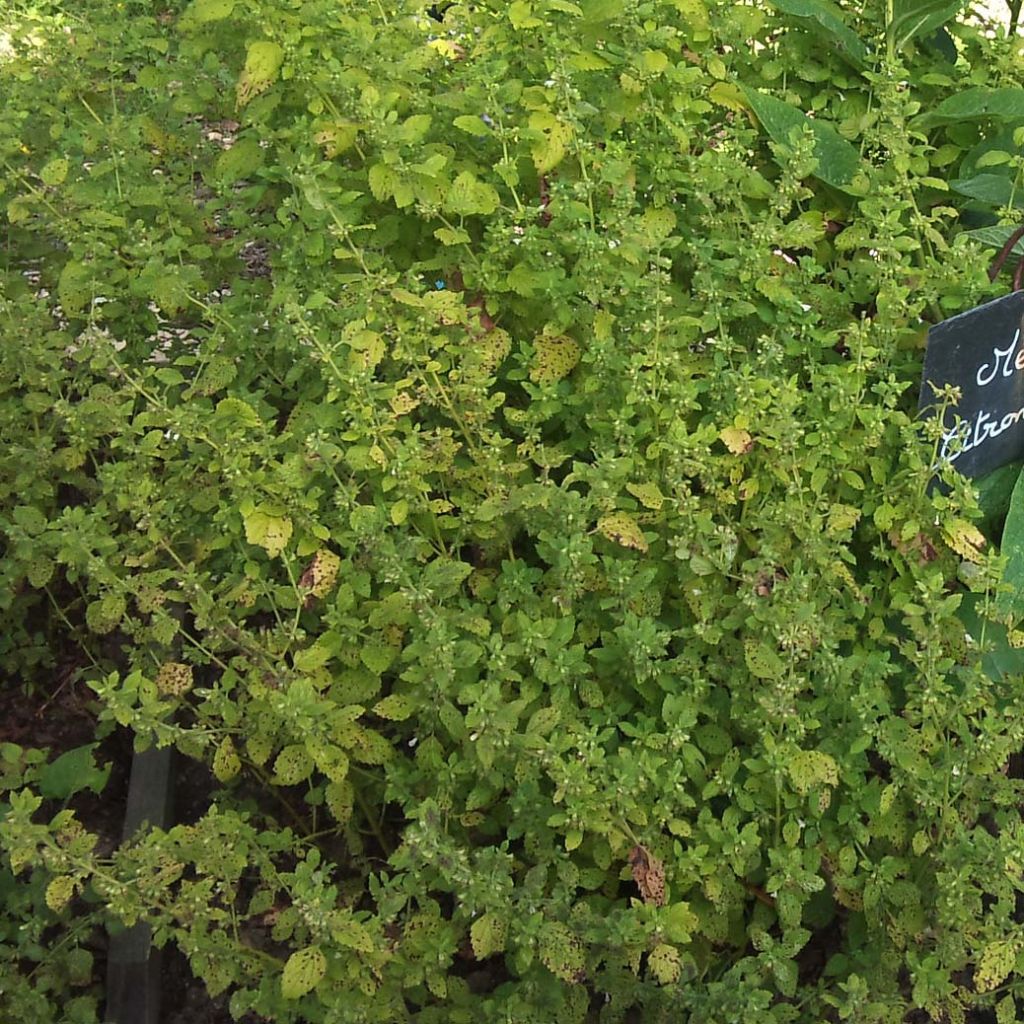

Melissa officinalis
Melissa officinalis
Melissa officinalis
Lemon Balm
The plants arrived looking a bit rough, with more lace than leaves. But after just a few days, the miracle happened—showing just how structurally sound these plants are! I highly recommend them without hesitation! Planted in a clay pot with quality potting soil and generous watering.
Delphine jardin méditerranéen, 13/08/2025
Special offer!
Receive a €20 voucher for any order over €90 (excluding delivery costs, credit notes, and plastic-free options)!
1- Add your favorite plants to your cart.
2- Once you have reached €90, confirm your order (you can even choose the delivery date!).
3- As soon as your order is shipped, you will receive an email containing your voucher code, valid for 3 months (90 days).
Your voucher is unique and can only be used once, for any order with a minimum value of €20, excluding delivery costs.
Can be combined with other current offers, non-divisible and non-refundable.
Home or relay delivery (depending on size and destination)
Schedule delivery date,
and select date in basket
This plant carries a 6 months recovery warranty
More information
We guarantee the quality of our plants for a full growing cycle, and will replace at our expense any plant that fails to recover under normal climatic and planting conditions.
Description
Melissa officinalis, also known as lemon balm or common balm, is a bushy, highly honey-bearing plant. This perennial is aromatic, culinary, and medicinal. It is very easy to cultivate, either in open ground or in a pot. Its leaves will bring a lemony note to your salads, fish dishes, or desserts. Plant it in spring or autumn and harvest it from May to October.
This plant is organic: it comes from Organic Agriculture and carries the AB certification.
Lemon balm is a very hardy plant, native to the Mediterranean region. It belongs to the Lamiaceae family, like mint. It is a highly honey-bearing herbaceous perennial. Its name actually comes from the Greek, "melissa", which means 'bee'. The name 'lemon balm' refers to the lemony scent of its leaves, which is ideal for keeping mosquitoes away in summer!
Lemon balm is a bushy plant that can reach a height of 80cm (32in) and a width of 50cm (20in). It likes a sunny or semi-shaded exposure. If possible, plant it in a somewhat isolated place as it will expand and could encroach on neighbouring plants. Prune it during flowering to prevent it from becoming invasive. It is a very hardy plant that can settle almost anywhere. Lemon balm also grows very well in pots, which allows you to control its spread.
In terms of cuisine, fresh or dried lemon balm leaves add a lemony note to salads, fish dishes, or desserts. They can also be used in infusions.
Harvest: The leaves are harvested from May to October, as needed. Its aromatic qualities are concentrated in June. If you want to dry the leaves, cut the stems when they are in buds.
Storage: consume fresh lemon balm leaves to fully enjoy their scent. For longer storage, you can freeze or dry them. For drying, hang the stems in a shady, well-ventilated place, then put the leaves in airtight jars.
Gardener's tip: After pruning, keep a few lemon balm branches. Put them in your closet to scent your clothes and keep away moths.
Melissa officinalis in pictures
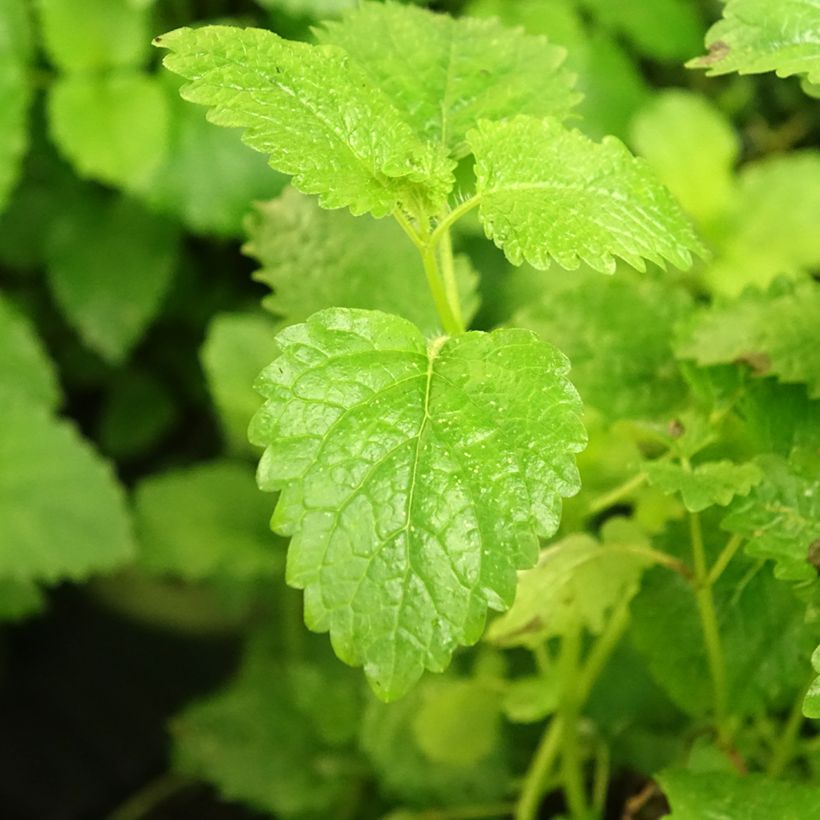

Harvest
Plant habit
Foliage
Other Herbs A to Z
View all →Planting and care
Lemon balm likes moist, fertile and light soils, but will be able to establish itself anywhere. Plant in spring or autumn. Dig a hole (3 times the volume of the root ball), place the root ball and cover with fine soil. Lightly compact and water to keep the soil moist. Be vigilant about snails and slugs that will devour young shoots. If necessary, place ash or coffee grounds nearby to keep the slugs at bay.
Water primarily in case of high heat. Prune regularly before or at the beginning of flowering to prevent spontaneous sowing. Cut the stems, before the frost and at the end of spring, to promote the appearance of new leaves. Mulch at the base to protect from the cold.
You can multiply lemon balm by dividing the clumps, in spring or autumn. This division should be done approximately every 5 years or regularly for pot cultivation.
Cultivation
Care
Intended location
Planting & care advice
-
, onOrder confirmed
Reply from on Promesse de fleurs
Similar products
Haven't found what you were looking for?
Hardiness is the lowest winter temperature a plant can endure without suffering serious damage or even dying. However, hardiness is affected by location (a sheltered area, such as a patio), protection (winter cover) and soil type (hardiness is improved by well-drained soil).

Photo Sharing Terms & Conditions
In order to encourage gardeners to interact and share their experiences, Promesse de fleurs offers various media enabling content to be uploaded onto its Site - in particular via the ‘Photo sharing’ module.
The User agrees to refrain from:
- Posting any content that is illegal, prejudicial, insulting, racist, inciteful to hatred, revisionist, contrary to public decency, that infringes on privacy or on the privacy rights of third parties, in particular the publicity rights of persons and goods, intellectual property rights, or the right to privacy.
- Submitting content on behalf of a third party;
- Impersonate the identity of a third party and/or publish any personal information about a third party;
In general, the User undertakes to refrain from any unethical behaviour.
All Content (in particular text, comments, files, images, photos, videos, creative works, etc.), which may be subject to property or intellectual property rights, image or other private rights, shall remain the property of the User, subject to the limited rights granted by the terms of the licence granted by Promesse de fleurs as stated below. Users are at liberty to publish or not to publish such Content on the Site, notably via the ‘Photo Sharing’ facility, and accept that this Content shall be made public and freely accessible, notably on the Internet.
Users further acknowledge, undertake to have ,and guarantee that they hold all necessary rights and permissions to publish such material on the Site, in particular with regard to the legislation in force pertaining to any privacy, property, intellectual property, image, or contractual rights, or rights of any other nature. By publishing such Content on the Site, Users acknowledge accepting full liability as publishers of the Content within the meaning of the law, and grant Promesse de fleurs, free of charge, an inclusive, worldwide licence for the said Content for the entire duration of its publication, including all reproduction, representation, up/downloading, displaying, performing, transmission, and storage rights.
Users also grant permission for their name to be linked to the Content and accept that this link may not always be made available.
By engaging in posting material, Users consent to their Content becoming automatically accessible on the Internet, in particular on other sites and/or blogs and/or web pages of the Promesse de fleurs site, including in particular social pages and the Promesse de fleurs catalogue.
Users may secure the removal of entrusted content free of charge by issuing a simple request via our contact form.
The flowering period indicated on our website applies to countries and regions located in USDA zone 8 (France, the United Kingdom, Ireland, the Netherlands, etc.)
It will vary according to where you live:
- In zones 9 to 10 (Italy, Spain, Greece, etc.), flowering will occur about 2 to 4 weeks earlier.
- In zones 6 to 7 (Germany, Poland, Slovenia, and lower mountainous regions), flowering will be delayed by 2 to 3 weeks.
- In zone 5 (Central Europe, Scandinavia), blooming will be delayed by 3 to 5 weeks.
In temperate climates, pruning of spring-flowering shrubs (forsythia, spireas, etc.) should be done just after flowering.
Pruning of summer-flowering shrubs (Indian Lilac, Perovskia, etc.) can be done in winter or spring.
In cold regions as well as with frost-sensitive plants, avoid pruning too early when severe frosts may still occur.
The planting period indicated on our website applies to countries and regions located in USDA zone 8 (France, United Kingdom, Ireland, Netherlands).
It will vary according to where you live:
- In Mediterranean zones (Marseille, Madrid, Milan, etc.), autumn and winter are the best planting periods.
- In continental zones (Strasbourg, Munich, Vienna, etc.), delay planting by 2 to 3 weeks in spring and bring it forward by 2 to 4 weeks in autumn.
- In mountainous regions (the Alps, Pyrenees, Carpathians, etc.), it is best to plant in late spring (May-June) or late summer (August-September).
The harvesting period indicated on our website applies to countries and regions in USDA zone 8 (France, England, Ireland, the Netherlands).
In colder areas (Scandinavia, Poland, Austria...) fruit and vegetable harvests are likely to be delayed by 3-4 weeks.
In warmer areas (Italy, Spain, Greece, etc.), harvesting will probably take place earlier, depending on weather conditions.
The sowing periods indicated on our website apply to countries and regions within USDA Zone 8 (France, UK, Ireland, Netherlands).
In colder areas (Scandinavia, Poland, Austria...), delay any outdoor sowing by 3-4 weeks, or sow under glass.
In warmer climes (Italy, Spain, Greece, etc.), bring outdoor sowing forward by a few weeks.






























